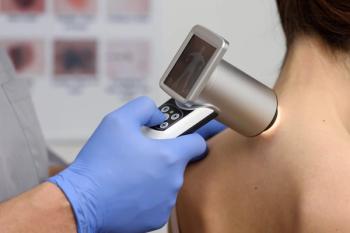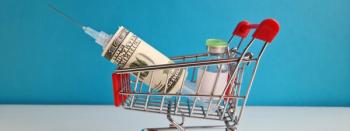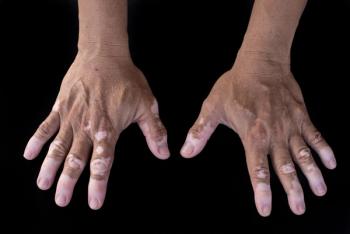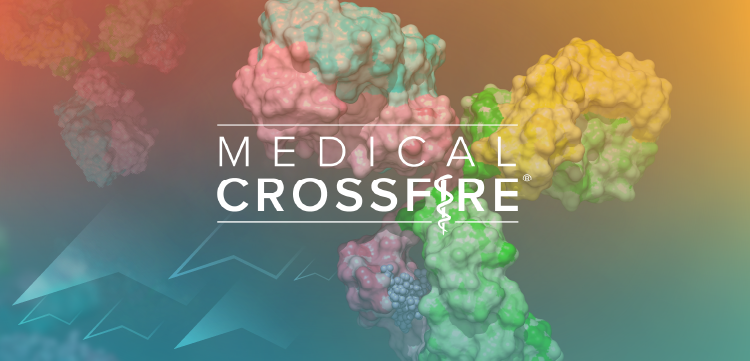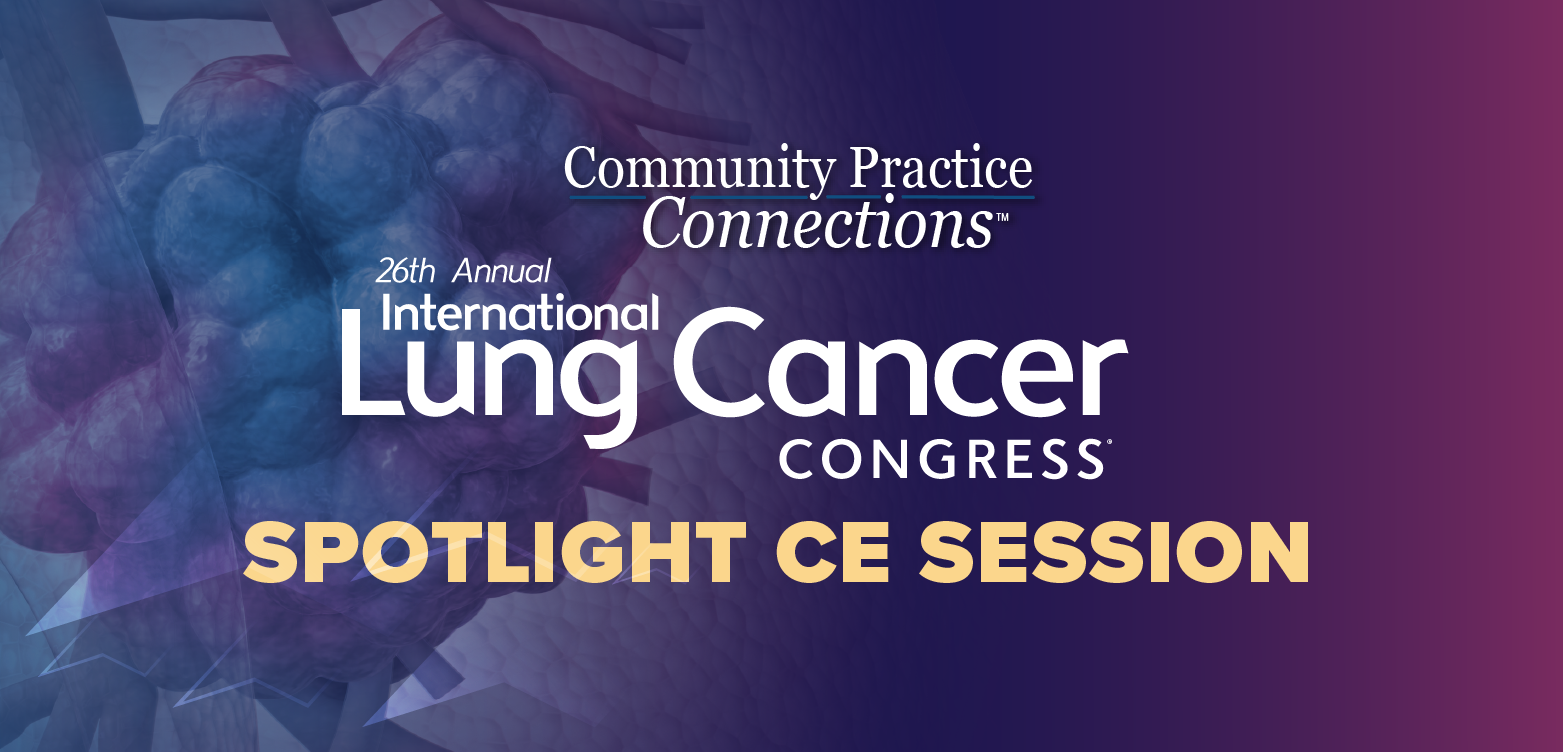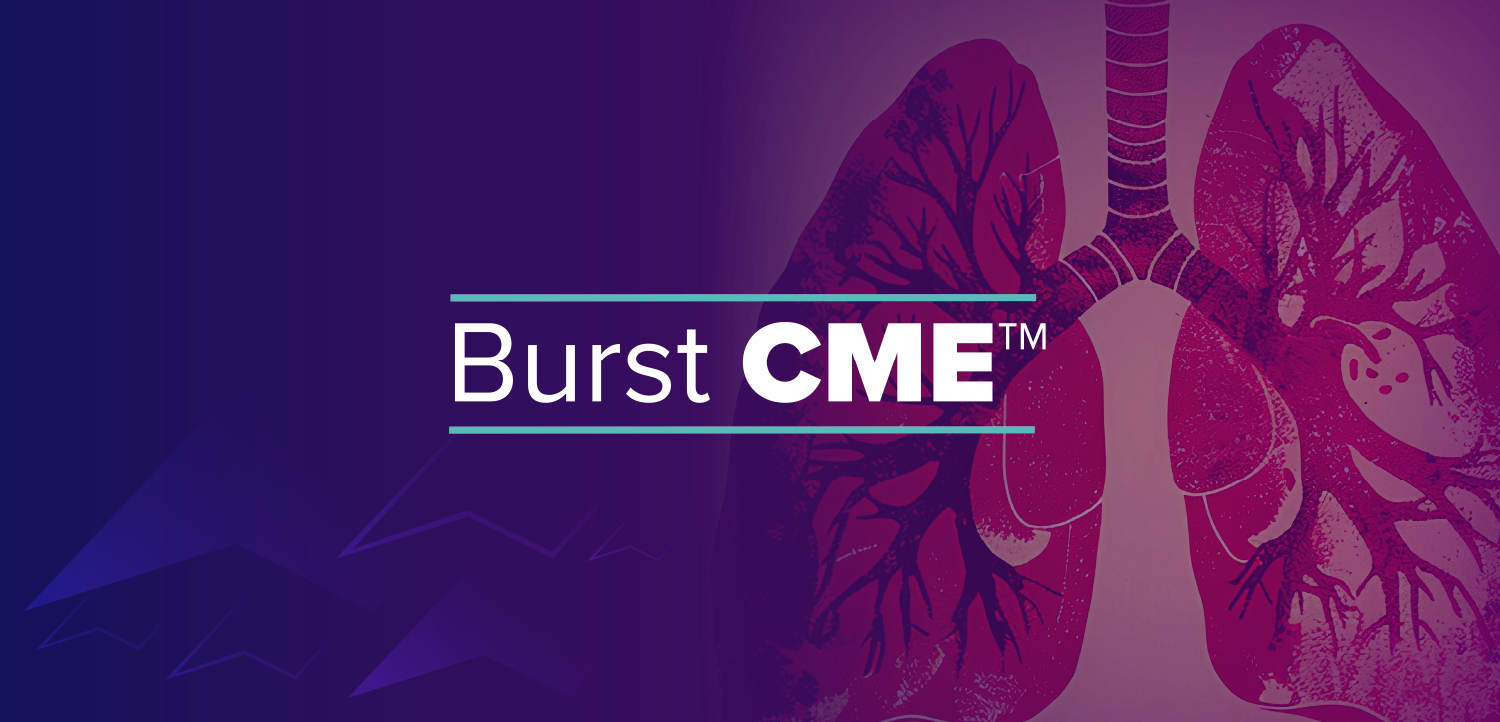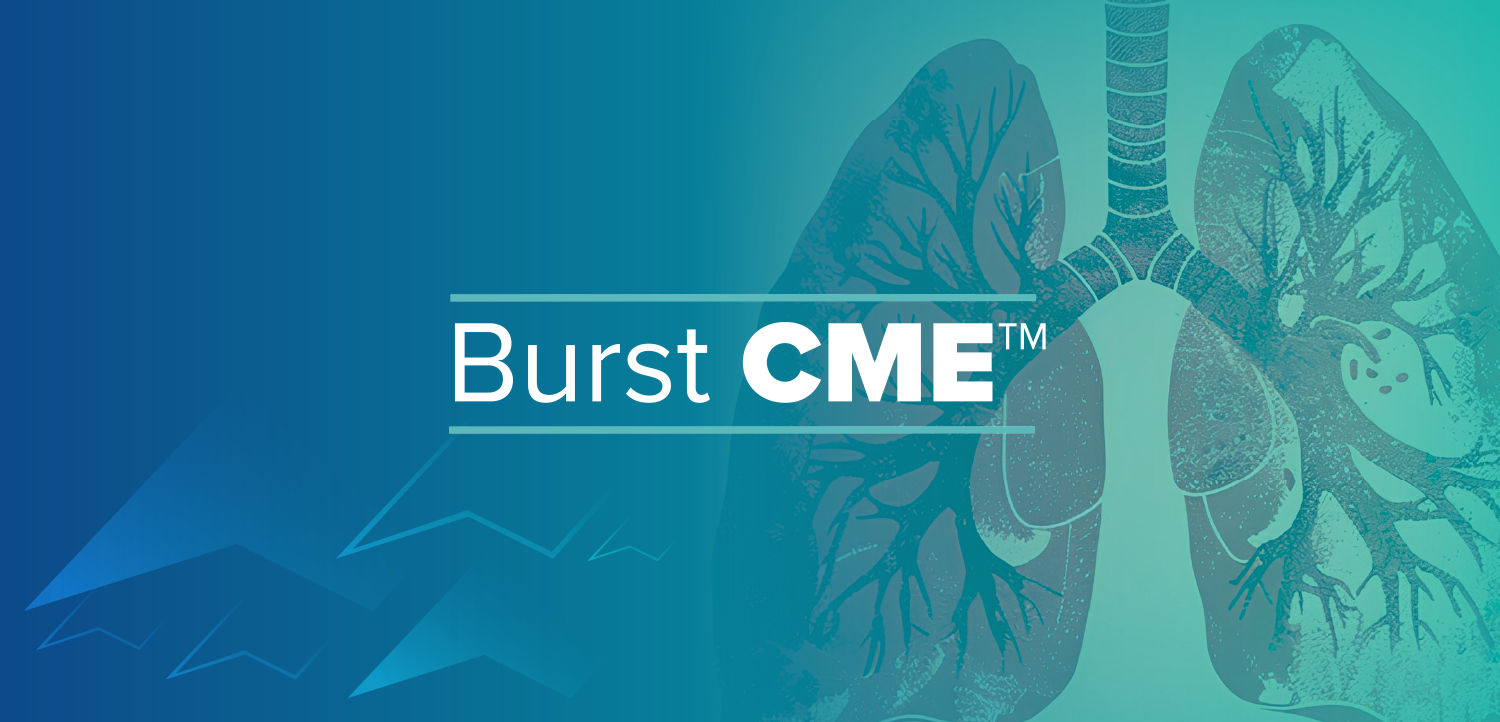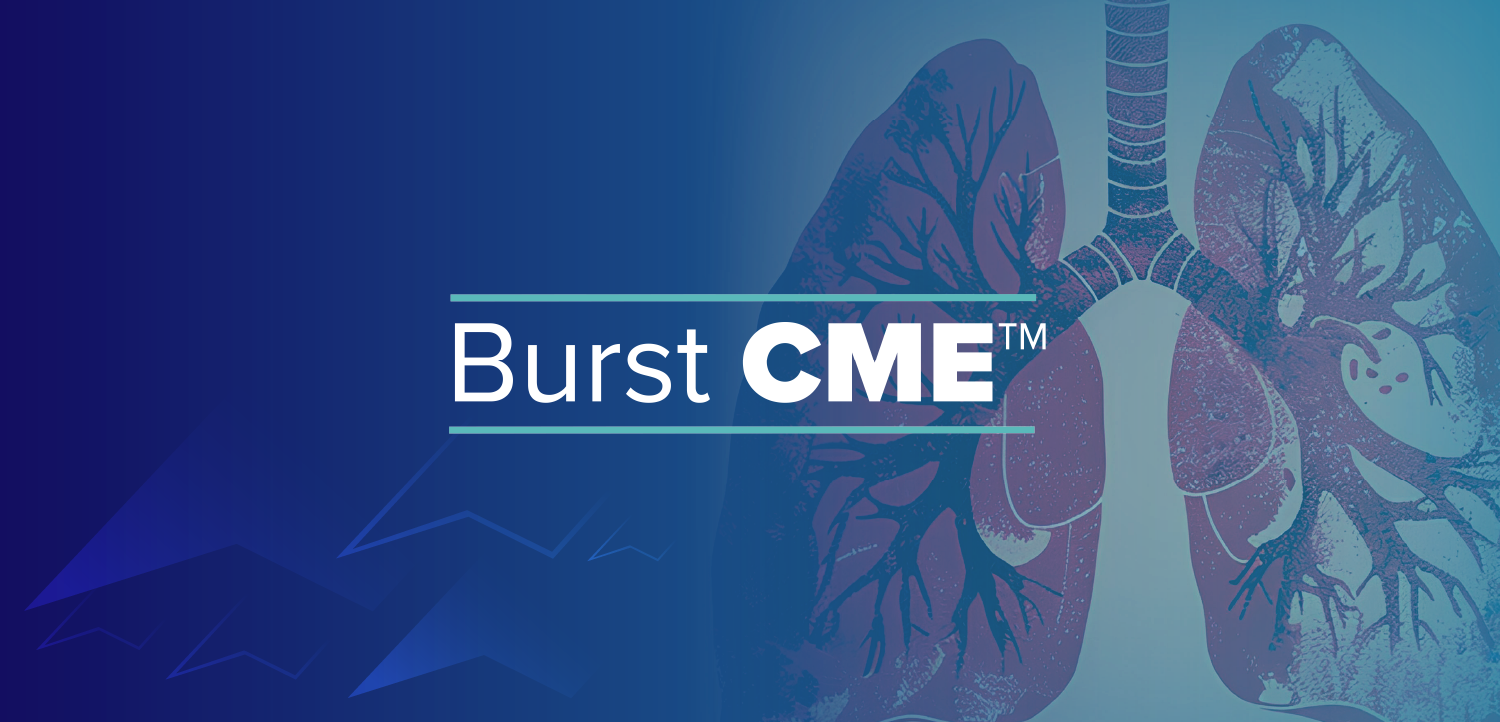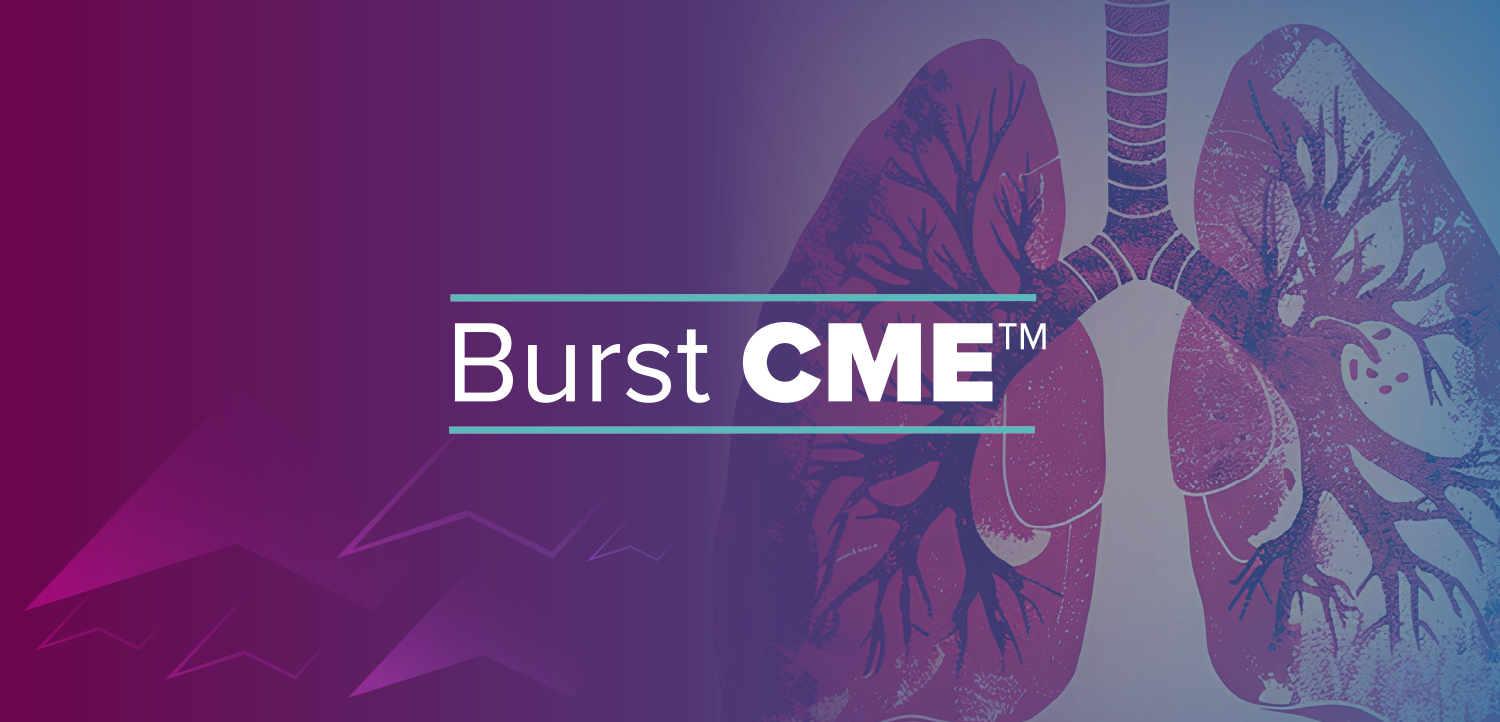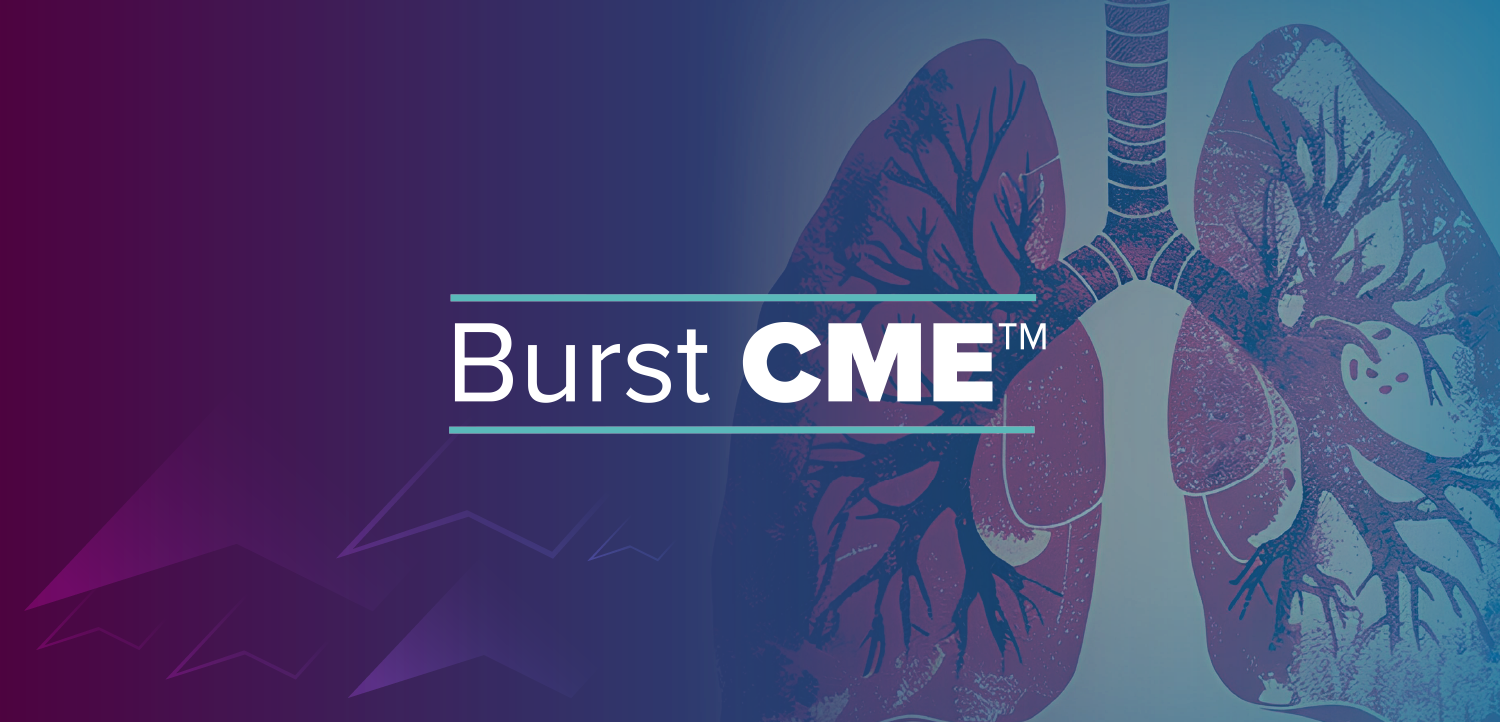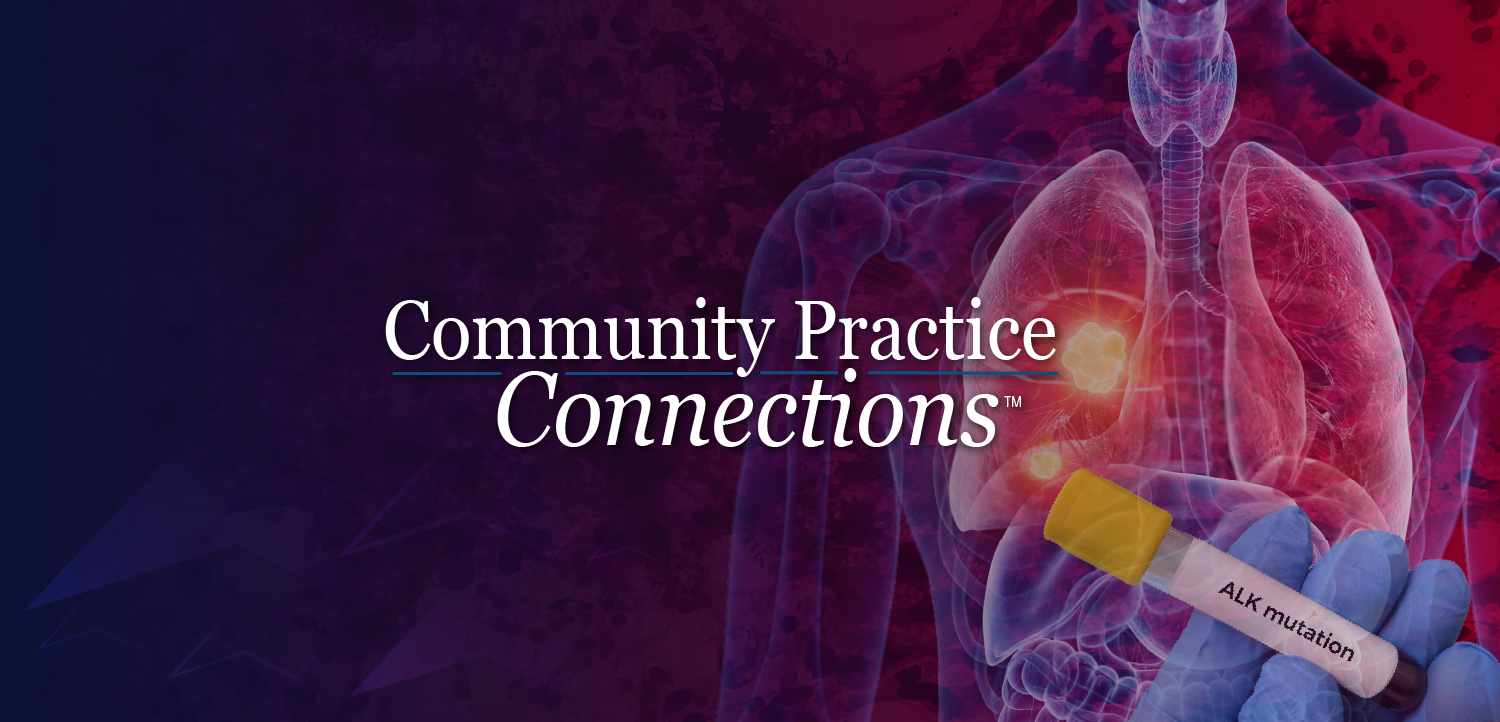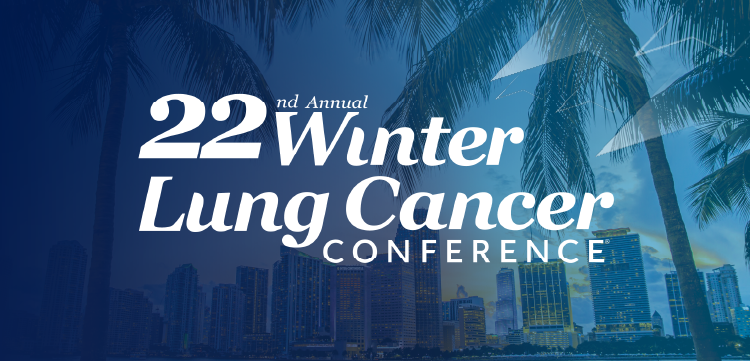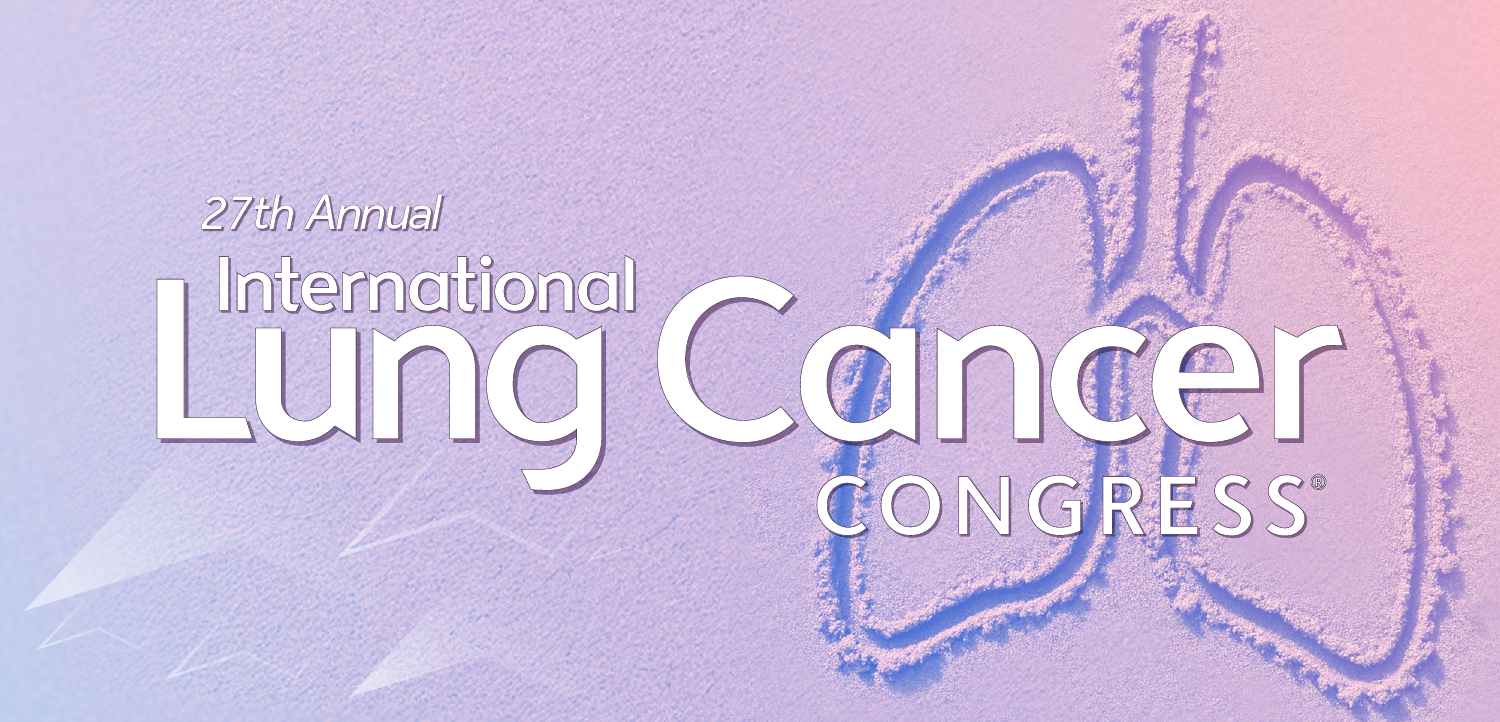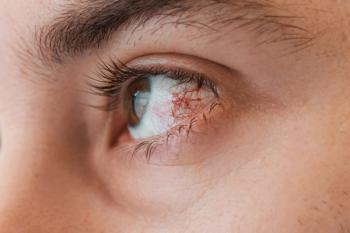
GLP-1 receptor more beneficial in reducing blood sugar compared to injectable therapy in Japanese patients
Once-weekly dulaglutide is an effective treatment option for patients with type 2 diabetes who need to advance to injectable therapy, according to results from a Japanese study presented at the 2015 American Diabetes Association Scientific Sessions in Boston
Once-weekly dulaglutide is an effective treatment option for patients with type 2 diabetes who need to advance to injectable therapy, according to results from a Japanese
Related:
The phase 3, randomized, parallel-arm, placebo-controlled, 52-week study compared the safety and efficacy of once-weekly dulaglutide (Trulicity) 0.75 mg to once-daily liraglutide 0.9 mg. The primary objective of the study, conducted in 487 Japanese patients with type 2 diabetes and an average baseline A1C of 8.1%, was to evaluate whether dulaglutide 0.75 mg was superior to placebo in reducing A1C from baseline at 26 weeks. The study also included a comparison of dulaglutide and liraglutide at 26 and 52 weeks. Patients initially assigned to placebo were switched to dulaglutide 0.75 mg at 26 weeks for the remainder of the trial.
At the final end point of 52 weeks, once-weekly dulaglutide 0.75 mg demonstrated significant A1c reduction (-1.39%) from baseline compared to once-daily liraglutide injection 0.9 mg (-1.19%). Additionally, dulaglutide 0.75 mg provided significantly greater reductions in the average self-monitored blood glucose levels compared to liraglutide 0.9 mg (-53.1 mg/dL vs. -46.8 mg/dL); and duraglutide 0.75 mg significantly lowered average post-meal blood glucose levels from baseline compared to liraglutide 0.9 mg (-63.7 mg/dL vs. -55.4 mg/dL).
Related:
Both dulaglutide and liraglutide were well-tolerated in the study. No cases of adjudicated pancreatitis were reported, and no new safety signals were seen. The most frequently reported adverse events were gastrointestinal-related with dulaglutide 0.75 mg and liraglutide 0.9 mg, including: constipation, diarrhea, nausea, abdominal distension, and decreased appetite. Reports of decreased appetite were significantly different between the 2 treatments. Total hypoglycemia incidence in both treatment groups was 2.9%, with no severe hypoglycemia reported.
"In addition, patients are responding quite positively to [dulaglutide]," said Candace Johnson, communications manager, Lilly Diabetes."Healthcare professionals prescribing [dulaglutide] tell us their patients like the medicine and are seeing strong efficacy and safety results. We’ve heard from them that their patients like the ease of use [dulaglutide] provides. Our goal with the launch of [dulaglutide] is to help grow the GLP-1 receptor agonist class of medicines so more patients can reach their blood sugar goals."
Read next:
Newsletter
Get the latest industry news, event updates, and more from Managed healthcare Executive.


